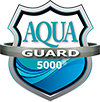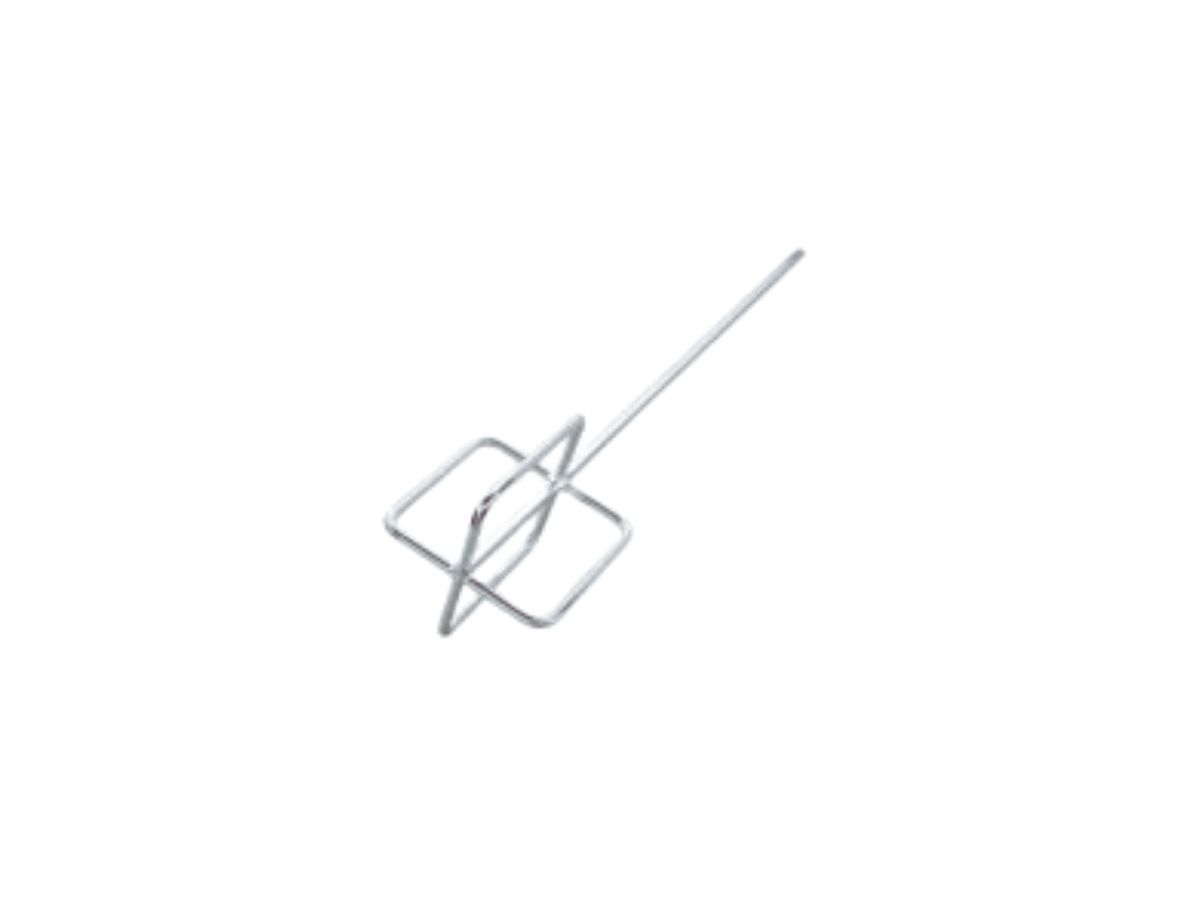Whether you’re mixing paint for a DIY home project or blending concrete on a construction site, a quality gallon mixing paddle is essential for thorough incorporation of liquids and solutions. This guide will explore the versatile applications of gallon-sized mixing paddles in construction, manufacturing, art and more. We’ll also discuss tips on how to select the right mixing paddle for your needs.
Mixing Paddle Uses in Construction
On building sites, paddles provide heavy-duty mixing for viscous materials from foundation to finish.
Concrete Blending
Concrete requires vigorous agitation to fully blend cement, aggregate, water and any additional ingredients. A 1 gallon mixing paddle for concrete has the strength and surface area to integrate chunks of aggregate into concrete with a smooth, uniform consistency. Builders use these paddles with cordless drills for mixing concrete to pour footings, foundations, slabs, and precast structures. The constant force of mixing also prevents lumps when blending bagged concrete mixes.
Epoxy Resin Incorporation
Epoxy resin adhesives are used extensively in construction and repair applications. But epoxy must be thoroughly mixed with its hardener component to cure properly. A long, steady mix with a gallon paddle leaves no unreacted pockets of resin or hardener, resulting in void-free epoxy fills and repairs with maximum structural strength. Paddles also quickly blend powdered pigments into epoxy resins for coloration.
Adhesive Mixing
Tradesmen rely on adhesives for joining materials, installing fixtures, and repairs. But settled solids can ruin an adhesive’s bond strength. Mixing paddles vigorously stir latex, polyurethane, epoxy, and other adhesives to a uniform viscosity. This prevents errors like “fish eyes” and weak bonds from incomplete mixing.
Grout Blending
For grouting tile, paddles stir latex polymers, pigments, and fillers into smooth, pourable grout. Low-speed mixing prevents air bubbles that can weaken cured grout. Contractors also utilize mixing paddles for non-sanded grout for wall installations.
Paddle Mixing for Other Applications
Beyond construction and painting, paddles have uses across industries.
Chemical Manufacturing
Chemical engineers use sealed mixing paddles to blend reactants in solution or suspension. The sturdy paddles provide low-speed agitation for thorough incorporation without splashing.
Baking and Cooking
For cake batters and cookie dough, wide gallon paddles give the gentle, folding mix needed. Narrower paint paddles are too aggressive. Gentle folding maintains leavening bubbles for light, fluffy baked goods.
Cosmetics and Skincare
Cosmetic chemists use paddles to evenly disperse powders and pigments into creams, lotions and gels. Low speeds prevent air bubbles in the final product. The same holds true for blending personal care products like bath bombs and soaps.
Arts and Crafts
For resin crafts, stirring paddles fully blend inks, dyes, and powders into epoxy, polyester, and urethane resins. Smooth, uniform mixing prevents swirling and marbling in the cured piece. Paddles also mix colorants into silicone mold rubbers.
Aquarium Keeping
Paddle stirring gently mixes water treatments into aquariums without stressing fish. For saltwater tanks, salinity must be equalized when adding new water. Paddles blend in salt while minimizing shock to corals.
Should You Use a Mixing Paddle for Paint?
Yes, paddles are strongly recommended for mixing paint instead of manual stirring. Hand mixing for the time needed to fully blend paint causes fatigue. In contrast, a paddle attached to a drill does the work for you. Paddles also incorporate more paint with their large mixing area.
Buying Guide for Gallon Mixing Paddles
With the right paddle, you’ll get fast, efficient mixing results. Here’s what to look for in a quality mixing paddle:
- Sturdy nylon or stainless steel construction holds up to heavy mixing. Plastic paddles can flex and warp.
- Sufficient surface area to move the volume of liquid. Bigger is better for thorough incorporation.
- Angled shape to create axial mixing flow when rotated. Flat paddles only stir at the ends.
- Drill attachment for powered mixing convenience. Look for a 3/8” or 1/2” hex shank.
- The sealed shaft keeps out moisture. Avoid wood handles that can wick chemicals.
FAQs About Gallon Mixing Paddles
1. Should I use a mixing paddle or stick for paint?
A mixing paddle is better for paint than a stick. Paddles have larger surface area and heft to fully incorporate separated pigments. Sticks don’t blend paint as thoroughly. Mixing paddles also attach to drills for fast, convenient mixing.
2. Can I use a mixing paddle on drywall mud or joint compound?
It’s not recommended. Paddles can introduce air into the mud, which causes blistering when it dries. Use a mud mixer paddle instead – this has an offset, honeycomb design that folds the mud over itself without whipping in air.
3. How do I clean a used mixing paddle?
Rinse immediately after use to avoid drying and buildup. Use a solvent like mineral spirits for oil-based liquids. For water-based materials, hot soapy water usually suffices. Scrub with a stiff brush to remove trapped particles. Avoid soaking wood handles.
Equip Your Projects at AquaGuard
At AquaGuard 5000, we carry heavy-duty gallon mixing paddles designed for paint, concrete, resins, and more. Our paddles attach to any standard cordless or corded drill to save time and elbow grease on mixing jobs. Contact AquaGuard 5000 today to equip your projects with the right mixing paddle!








